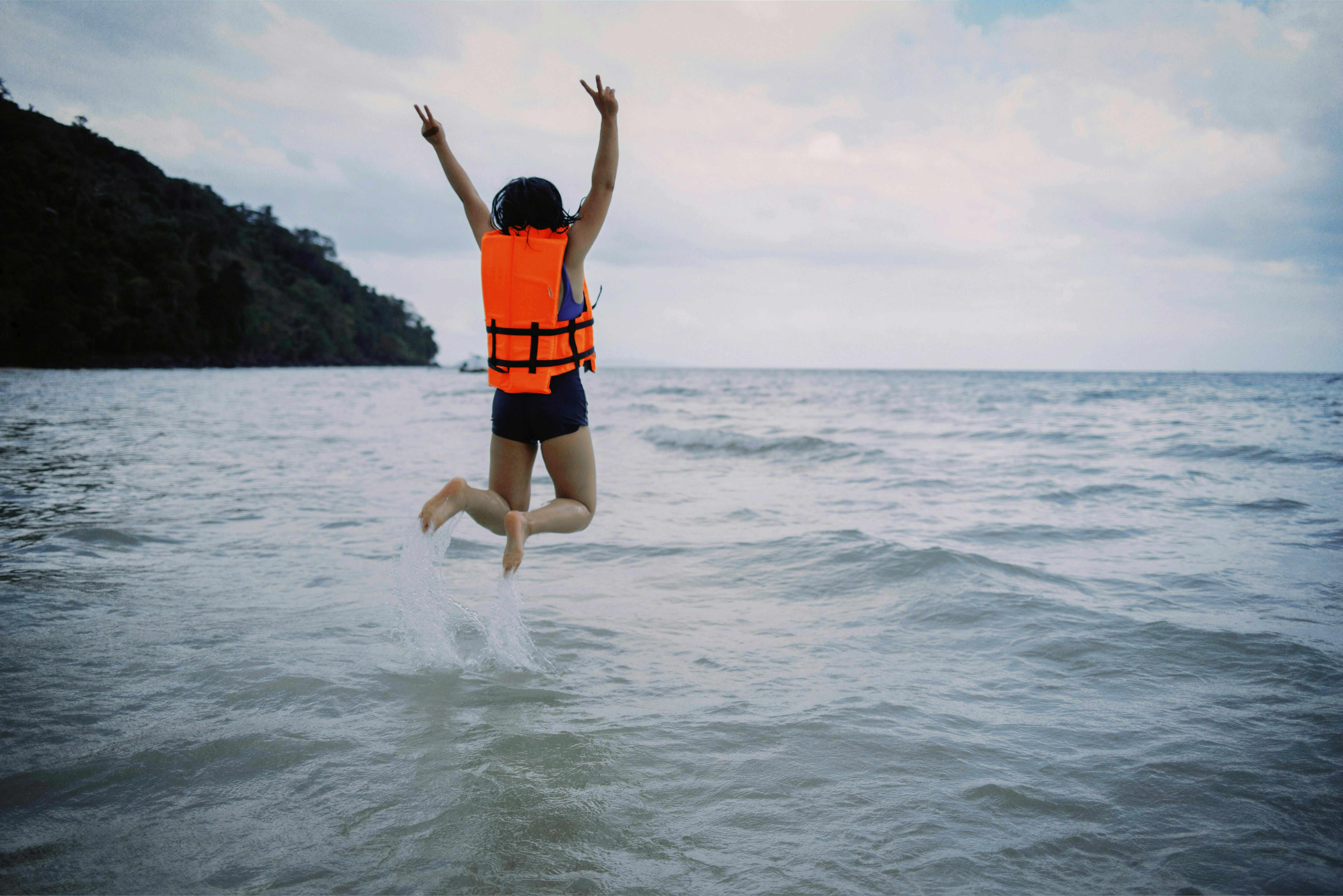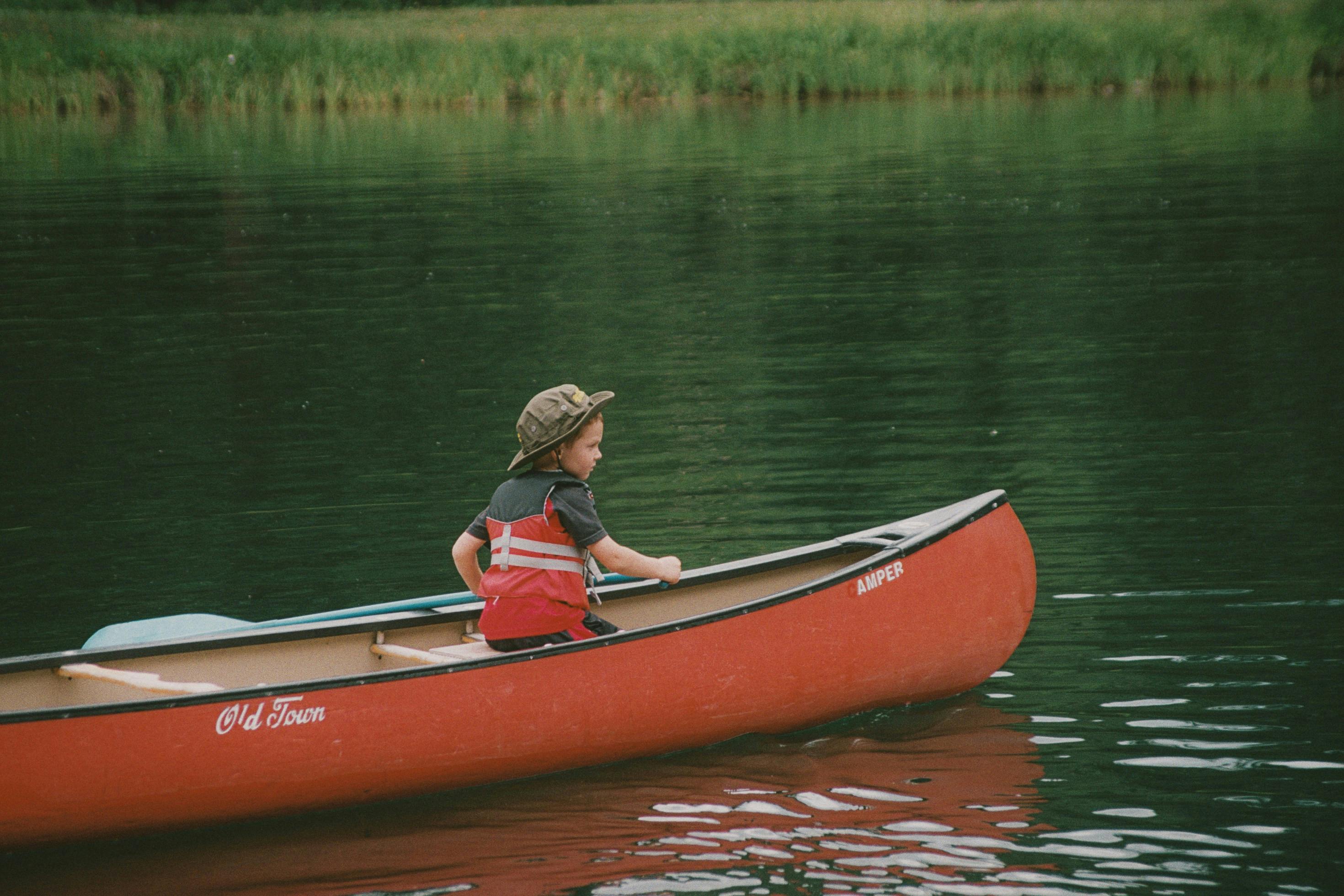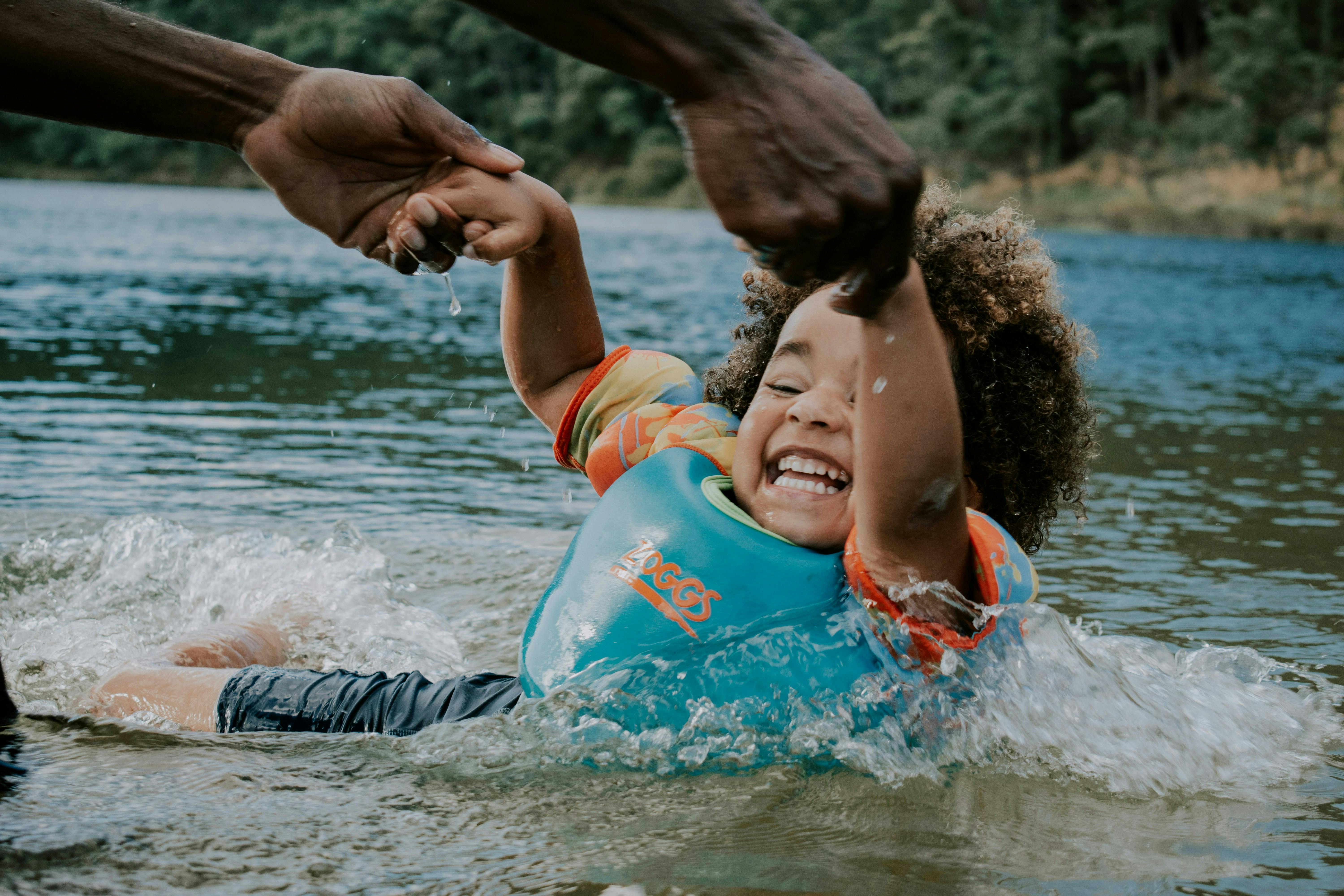There is a special magic to canoeing and kayaking with infants, toddlers, and preschoolers. Paddling get kids connected to the water, more up close and personal than in any other watercraft. Getting out on the water offers kids of any age the chance to develop their own relationships with the waterbody.
Kids receive major physical and mental health benefits by getting outside and interacting with nature. If paddling is within your skill set, it’s a wonderful idea to introduce children to water and water crafts at a young age.
However, the paddling trip you take with young kids requires as much planning and water safety knowledge as any rapid running excursion!
Safety Tips and Best Practices for Paddling with Small Children
We’ve put together a list of safety tips and best practices for paddling with children from the most reliable safety sources around, including Ports Toronto, the Canadian Red Cross, BOATsmart, and the US Coast Guard.
1.) No Babies on Board
Under no circumstances should a child be on the water in a boat without a PFD or life jacket. There are no PFDs or life jackets made for a baby's small size and weight so by default, newborns and young infants should never be in a vessel with an open deck. Infant PFDs and life jackets are made to support a bodyweight of at least 9kg, and body size of 46cm - 50cm. Physical development also makes life jackets and PFDs virtually useless on newborns and young infants, who may not have the strength to hold up their own heads for the first few months of their lives. Keep babies high and dry until they are big enough and have reached an advanced enough stage of physical development to fit the life vests and PFDs that can help save their lives on the water.
2.) Personal Flotation Devices and Lifejackets
Again, under no circumstances should a child be on the water in a boat without a PFD or life jacket (we're going to repeat this often and loudly!). This is an absolute, no exceptions, rule. And it's not just about zipping your child into a PFD. PFDs and life jackets for infants and children must fit them properly, keep their body weight afloat, and their heads above the water. If the PFD or life jacket is not appropriate for the child's size and weight, their purpose is defeated. Check your child's weight and height and choose a PFD or life jacket accordingly. Don't buy something they'll "grow into" or squeeze them into a life jacket that is not able to support their size and weight!

3.) Never Take a Risk
Stormy? Windy? Big waves? Rapids ahead? Considering cutting across the choppy lake rather than hugging the shore to save some time? Never put yourself or your child needlessly at risk. Keep the risk level as low as you possibly can to avoid accidents.
4.) What's Your Plan?
What if the canoe capsizes? What if your kids falls out of the boat? You lost your paddle in the middle of the lake. Now what? If the vessel starts taking on water what will you do? These are questions you should know the answers to before embarking on a journey with your kids. Plan and practice what to do in an emergency.
5.) Know the Water, Know Your Route
Experiencing a new place from a canoe, kayak, or stand up paddle board (SUP) will be extremely rewarding for your children. However, the waterbody should not be a complete mystery to you! Keeping your kids safe requires solid knowledge of the water and of your route. The more familiar you are with the water the safer your trip will be. Plan your route and know what kind of conditions to expect along the way. If you're in a new location find reliable information about the water from solid sources, such as paddling outfits, parks and recreation.

6.) Hug the Shore
Stick as close to shore as possible when out on the water with children. If trouble hits, the further away you are from shore, the more at risk your children are. This goes back to the minimizing risk rule.
7.) Know the Weather
By nature, weather can change quickly and frequently. A change in weather on the water can have a big impact on your safety. When checking the weather make sure you not only check for rain and storms. There doesn't have to be a lightning storm for conditions to be dangerous. When you are planning your paddle, keep track of parameters such as wind, wind gusts, and waves. Know the weather, and stick close to shore and to your exit point so as to be able to get out of the water quickly if conditions unexpectedly take a turn for the worse.
8.) Know Your Limit. Stay Within It
Know your abilities and stay well within the limits of your strength and skill set. It goes without saying that if you do not have strong paddling skills, don’t take your kids out on a long portage trip. Your ability to keep your kids safe in a kayak or canoe is directly related to your own skills in handling that watercraft. Access your skills and comfort level and choose an appropriate excursion. New to paddling? This isn't the time to take young kids out on the water.
9.) Avoid Trips in Cold Water
Water temperatures in early fall and late spring are the most dangerous. Children suffer much more from hypothermia than adults do, and it is highly recommended not to take them out when water is cold. If they do go into the water, get them onto the shore or the overturned vessel immediately.
10.) Don't Tie Your Kids Down
Never strap a child into a boat or into a car seat placed into a boat. If the canoe or kayak were to capsize, instead of bobbing to the surface in their PFD or lifejacket, the child will be stuck underwater or in a heavy object that will sink.
11.) Swimming Lessons and Water Safety Are a Must
The first skills both small children and their parents learn at swimming lessons are related to staying safe in and around the water. Swimming lessons are available for children as young as six months old. Take lessons together to get children used to the water, as well as water safety rules.

12.) Have Appropriate Clothing, Snacks, and Hydration
Sun hats, sunscreen, and weather appropriate clothing are a must. Protect kids from the sun, wind, and cold while on the water. Make sure to bring food and water to keep everyone hydrated and happy.
Listen to the full Interview with Angus Armstrong
This article is funded by Ports of Toronto
 Ports Toronto
Ports Toronto

